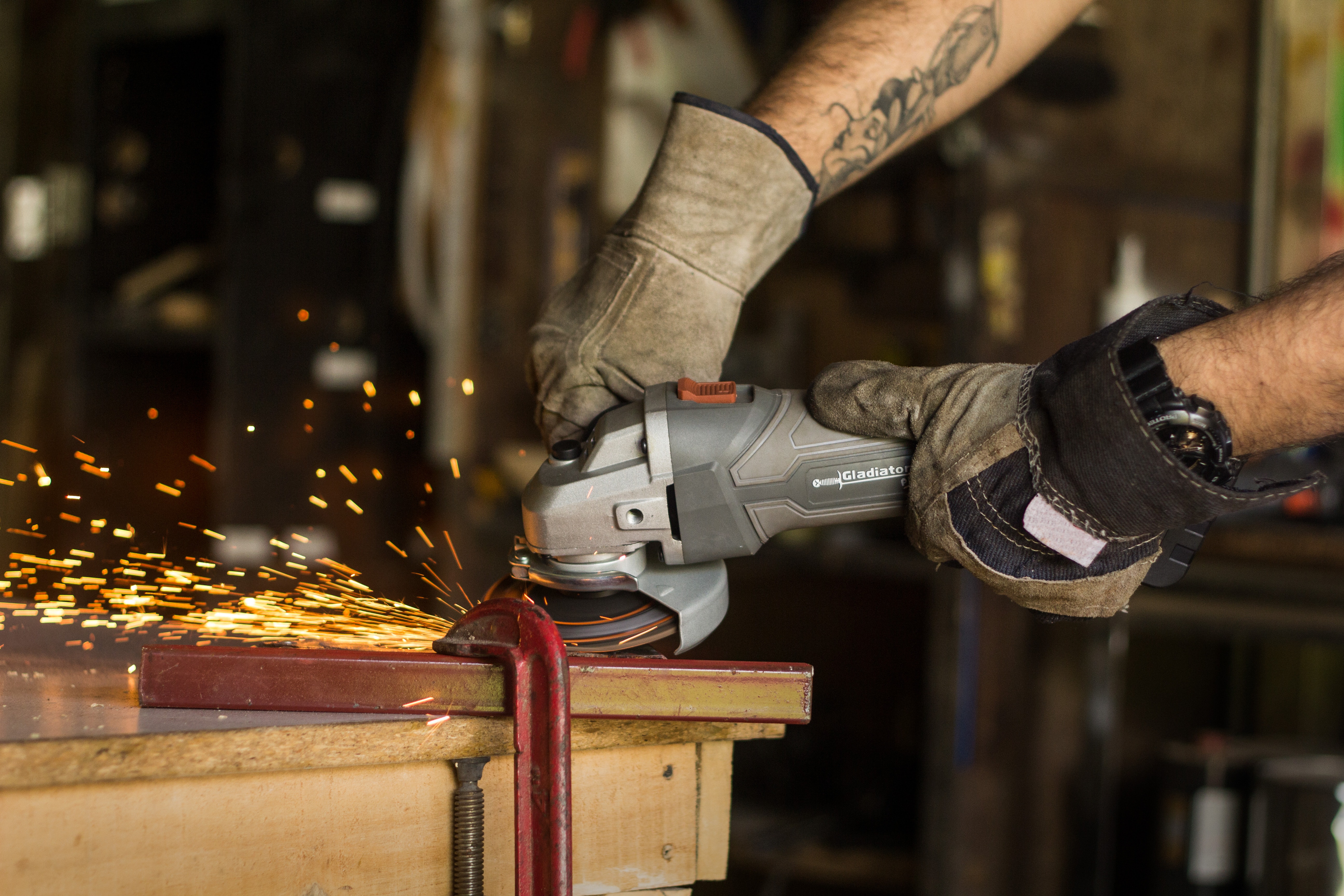We use cookies to make your experience better. To comply with the new e-Privacy directive, we need to ask for your consent to set the cookies. Learn more.
The Evolution of Protective Gloves in the Workplace

Gloves have been used as protective equipment for centuries, and their use in the workplace has a long and diverse history. From the early days of industrialisation to modern-day safety standards, gloves have played a crucial role in safeguarding workers from hazardous materials and dangerous machinery. Let's explore the history of gloves in the workplace.
Early History of Gloves
The earliest known use of gloves dates back to ancient Egypt, where workers would wear them while handling delicate materials such as pottery and glass. The Greeks and Romans also used gloves for various purposes, including in medical settings and for combat.
During the Middle Ages, gloves became a symbol of nobility and were often worn as part of formal attire. However, it wasn't until the Industrial Revolution that gloves became a common sight in the workplace.
Industrial Revolution and the Rise of Gloves in the Workplace
The Industrial Revolution brought significant changes in manufacturing processes and the use of machinery. Workers were exposed to hazardous materials and dangerous machinery, leading to an increase in work-related injuries. To address this issue, gloves were introduced as a means of protecting workers' hands.
In the early days of the Industrial Revolution, gloves were made of leather and were used primarily by blacksmiths, tanners, and other craftsmen who worked with their hands. As manufacturing processes became more complex, gloves were designed to meet specific safety requirements.
For example, workers in the chemical industry wore gloves made of rubber to protect against corrosive chemicals. Those in the electrical industry wore gloves made of insulating materials to protect against electrical shocks.
World War II and the Development of Safety Standards
During World War II, gloves were extensively used by soldiers to protect their hands from cold weather and other hazards. This led to the development of new materials such as neoprene and synthetic rubber, which were used to make gloves for industrial applications.
After the war, safety standards were developed to regulate the use of gloves in the workplace. These standards included guidelines for the selection and use of gloves based on the hazards present in the workplace.
Modern-Day Use of Gloves in the Workplace
Today, gloves are used in a wide range of industries to protect workers from hazardous materials and dangerous machinery. They are made from various materials, including leather, rubber, and synthetic materials, and are designed to meet specific safety requirements.
In addition to protecting workers, gloves are also used to prevent contamination in industries such as food service and healthcare. Gloves are also used in scientific research and other applications where sterile conditions are required.
Conclusion
The history of gloves in the workplace is a long and varied one, spanning centuries of technological and social change. From their early use in ancient Egypt to modern-day safety standards, gloves have played a crucial role in safeguarding workers from hazardous materials and dangerous machinery. As workplaces continue to evolve, gloves will remain an essential tool for ensuring the safety of workers across the UK and around the world.
Click here to explore our range of industrial gloves.






